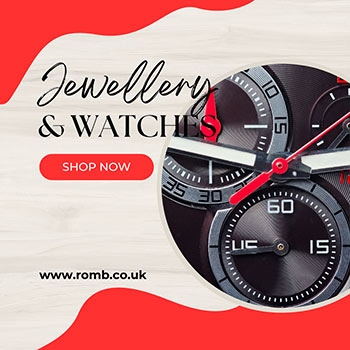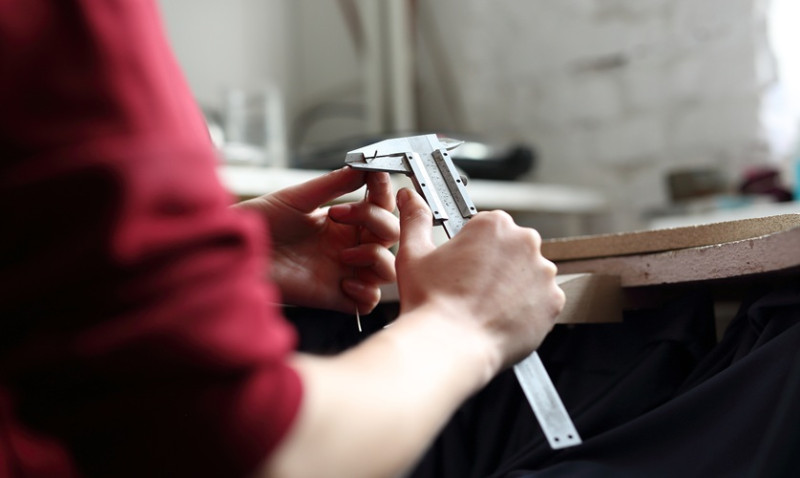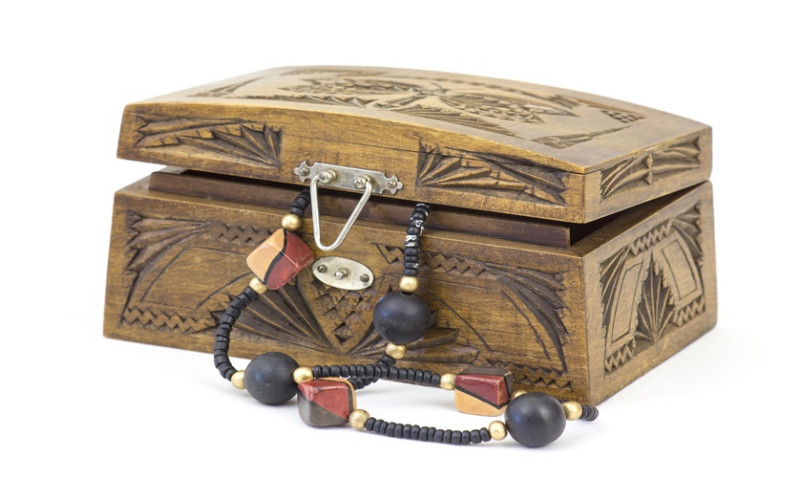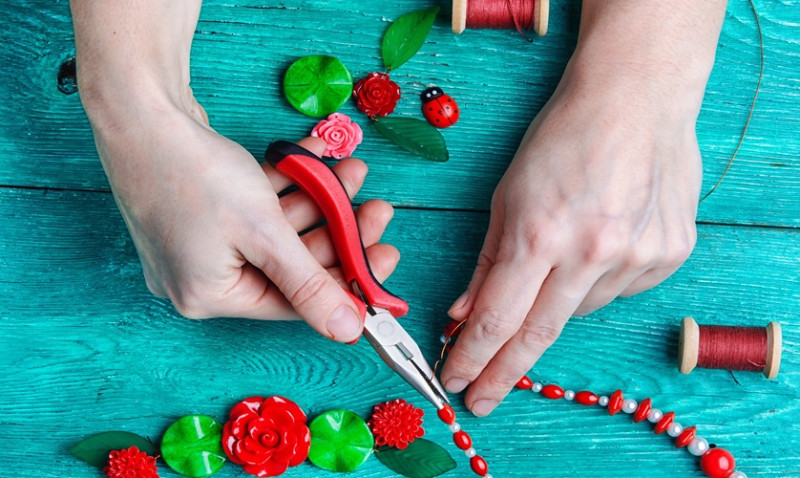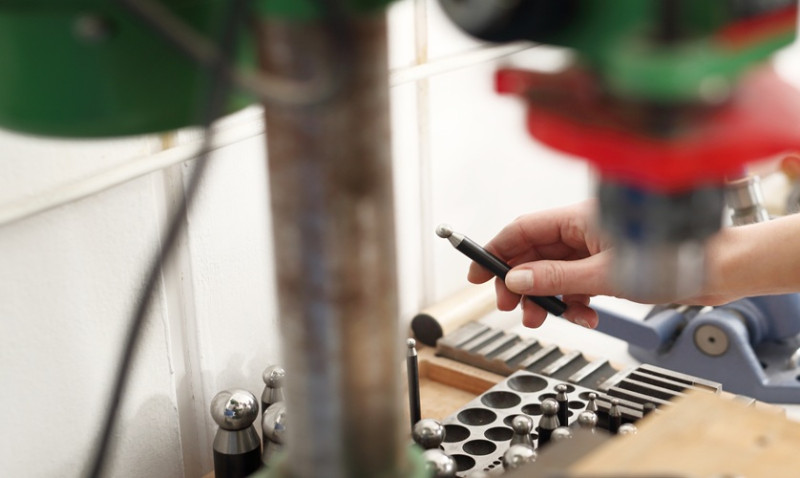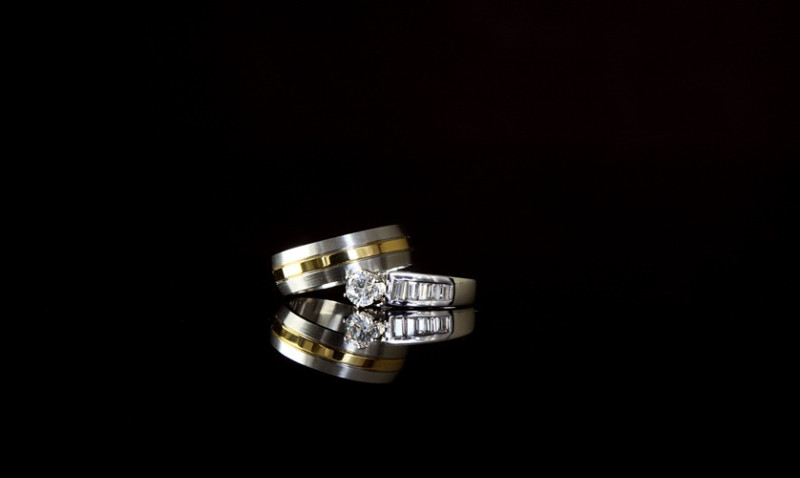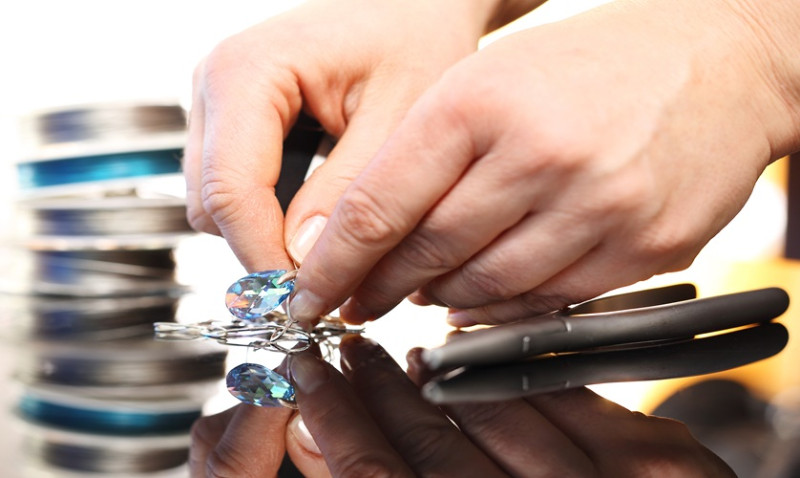
Whether you’re rewarding yourself with something special, planning an engagement, or looking for a timeless gift, selecting the perfect diamond jewelry can be both exciting and intimidating. With so many options available, it’s crucial to make informed decisions. In this guide, we’ll share five essential tips to help you find high-quality diamond jewelry that suits your style, needs, and budget—tailored especially for DIY enthusiasts, young professionals, designers, and tradesmen across the UK.
1. Understand the 4Cs: Cut, Colour, Clarity, and Carat
Before buying diamond jewelry, it's important to familiarise yourself with the 4Cs, a standard grading system used globally to assess diamonds. These four characteristics play a crucial role in determining a diamond’s brilliance, weight, and overall value.
Cut refers not to the shape of the diamond (round, oval, princess, etc.) but to how well it has been shaped and faceted. A well-cut diamond reflects light beautifully and appears more brilliant. Prioritising cut over carat weight is often advised, as the sparkle can have a stronger visual impact than size.
Colour is graded from D (completely colourless) to Z (light yellow or brown). Most buyers find a sweet spot between F and H, where diamonds are nearly colourless and cost significantly less than D-grade stones but still look pristine to the naked eye.
Clarity assesses the purity and number of internal imperfections (inclusions) and surface defects (blemishes). These are naturally formed and examined under 10x magnification. Look for diamonds graded VS1–VS2 or SI1–SI2 for a balance of clarity and value.
Carat is a measure of the diamond’s weight, not size. While larger diamonds are stunning, you can often choose slightly below the next full carat mark (e.g., 0.9 carat instead of 1.0) to save significantly while retaining visual impact.
Being knowledgeable about the 4Cs can empower you to compare diamonds intelligently and select pieces that deliver maximum brilliance for your budget.
2. Choose the Right jeweller or Retailer
When you’re investing in diamond jewelry, especially for something as significant as an engagement ring, it’s essential to purchase from a trustworthy and reputable jeweller. In today’s market, you’ll find countless online and high-street retailers, but the right choice can make all the difference in receiving quality, authenticity, and fair pricing.
Look for jewellers who provide complete transparency. This includes detailed certifications from recognised grading laboratories such as the GIA (Gemological Institute of America) or IGI (International Gemological Institute). Reliable vendors will also have clear return policies, guarantees, and professionalism in customer service.
If you’re based in the UK, consider established brands or local artisans who can offer both ready-made collections and custom design services. Visiting a store in person might give you a better sense of what suits your taste, while online stores can offer broader selections with competitive pricing.
Don’t be afraid to ask questions about the sourcing and ethics behind the diamonds—many UK consumers are increasingly seeking conflict-free and sustainable options.
3. Match Jewelry to Occasion and Personal Style
Diamond jewelry isn’t just about sparkle—it needs to align with its purpose and the wearer’s personality. Consider the person’s daily routine, profession, and tastes when choosing the piece. For example, an architect or designer may appreciate bold, contemporary designs, while tradesmen or DIY enthusiasts might favour simpler, more durable pieces for active lifestyles.
If you’re purchasing an engagement or wedding ring, think carefully about the ring’s profile and setting. Bezel settings, for instance, offer more security and are less likely to catch on tools or gloves—ideal for hands-on work environments.
For a young professional building a versatile wardrobe, small stud earrings or a classic diamond pendant offer elegance and flexibility for both casual and formal occasions. Meanwhile, statement rings or bracelets can be a strong choice for those with more expressive fashion tastes.
Matching the jewelry to the wearer’s lifestyle enhances both comfort and longevity, making it a treasured piece for years to come.
4. Set a Realistic Budget—and Stick to It
One of the most common myths surrounding diamond shopping is that you need to spend a fortune to get something special. That’s simply not the case. With a bit of smart planning and prioritisation, you can find dazzling diamonds at various price points.
Begin by setting a budget that considers your financial situation and expectations. Then, refer back to the 4Cs to identify what matters most to you. For many, sacrificing a bit on clarity or carat while maximising cut and colour can offer an ideal compromise.
Don't forget to budget for extras like setting charges, engraving, or valuations for insurance purposes. Many UK-based retailers offer financing options, which may help spread the cost over time.
Always compare similar pieces across multiple retailers—both online and in physical shops—to ensure you're getting the best value for your money. Remember, even modest diamonds can shine brilliantly with the right cut and setting.
5. Don’t Forget About Certification and Appraisal
Certification and appraisal are two critical steps often overlooked by first-time diamond buyers. A certificate ensures the diamond you’re purchasing has been independently graded and confirms its authenticity and quality through professional examination.
Always ask for a diamond certificate from a recognised gemological lab. This will outline the 4Cs, polish, symmetry, fluorescence, and other technical aspects. Avoid buying uncertified stones, especially online, as they may be falsely advertised or lack value retention.
Separate from certification, a valuation appraisal is a formal document stating the current market value of your jewelry. This is essential for insurance in case of loss, theft, or damage. Many UK jewelers include this at the time of purchase, or you can obtain it from a certified appraiser.
Here’s a quick reference table outlining the key differences:
| Feature | Certification | Appraisal |
|---|---|---|
| Purpose | Verify authenticity and quality | Determine market value for insurance/resale |
| Who Issues | Gemological Laboratory (e.g., GIA, IGI) | Certified Appraiser or Jeweler |
| Included Info | 4Cs, dimensions, cut grade, polish, etc. | Estimated price, description, photo (sometimes) |
| Cost | Often included with purchase | Usually separate; may be extra fee |
Keeping these documents safe is crucial for future resale value or to make a claim on insurance. Having a certified and appraised piece gives peace of mind and secures your investment.
Final Thoughts
Diamond jewelry is more than a transaction—it’s an emotional and aesthetic investment. By understanding the fundamentals, setting a thoughtful budget, and choosing trustworthy suppliers, you empower yourself to make a confident and meaningful purchase. Whether you’re in London, Manchester, or the Highlands, it pays to take your time and shop wisely.
Happy diamond hunting—and may your next piece shine bright for decades to come!
